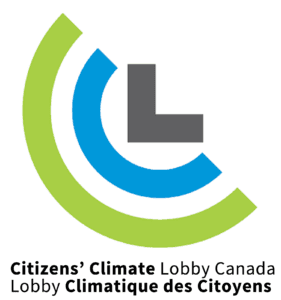On January 1, 1994, the North America Free Trade Agreement (NAFTA) went into effect. Under NAFTA, Canada, the USA, and Mexico have an obligation to protect the environment. The North American Agreement on Environmental Cooperation was negotiated and implemented in parallel with NAFTA. It requires that each Party ensures its laws provide for high levels of environmental protection without lowering standards to attract investment. [1] As well, under NAFTA Article 604: Export Taxes parties are allowed to maintain duties, taxes, or another charge on the export of any energy or basic petrochemical good to the territory of another Party if the duty, tax, or other charge applies to the exports of any such good to the territory of all other Parties and any such good when destined for domestic consumption. [2] On November 30, 2018, Canada, the United States, and Mexico signed a protocol to modernize the North American Free Trade Agreement (NAFTA). The new Agreement is known in Canada as the Canada-United States-Mexico Agreement (CUSMA). In January 2019 Citizens’ Climate Lobby Canada and Citizens’ Climate Lobby Mexico sent recommendations to the CUSMA environmental assessments. CUSMA entered into force on July 1, 2020, replacing the North American Free Trade Agreement (NAFTA). The final CUSMA outcome included a new parallel Environmental Cooperation Agreement (ECA) that ensures the retention and modernization of the Commission for Environmental Cooperation (CEC) and its Montréal-based Secretariat, unique institutions established under NAFTA in 1994. These institutions will continue to effectively monitor and address environmental impacts of trade, and promote cooperation with North American partners to achieve the goal of sustainable development in the region (2,3). CUSMA and ECA reflect the importance that Canada places on climate change, including guaranteeing that the parties can cooperate in the promotion of strategies and actions, such as alternative and renewable energy and low-emission technologies, that play a significant role in addressing climate change (2). Thus, we are fairly confident that Climate Income would be acceptable under CUSMA rules. It is important to note that a considerable amount of trade between Canada and the United States is conducted under the World Trade Organization (WTO) most-favoured-nation (MFN) rules. In fact, approximately 40.5 percent of Canadian exports to the United States and 66.7 percent of U.S. exports to Canada enter duty-free under the WTO rules. This means that a significant portion of bilateral merchandise trade, and the related environmental impacts, are not directly attributable to NAFTA (2). At the end of the day though, the business winners in the 21st Century will be businesses in countries that have transparent policies for managing the clean energy transition we are in. NAFTA, CUSMA, the WTO, and Climate Income
Government of Canada
SICE – the Organization of American State’s Foreign Trade Information System
LASER TALK: NAFTA, CUSMA, the WTO and Climate Income
Home » Laser Talks » LASER TALK: NAFTA, CUSMA, the WTO and Climate Income







